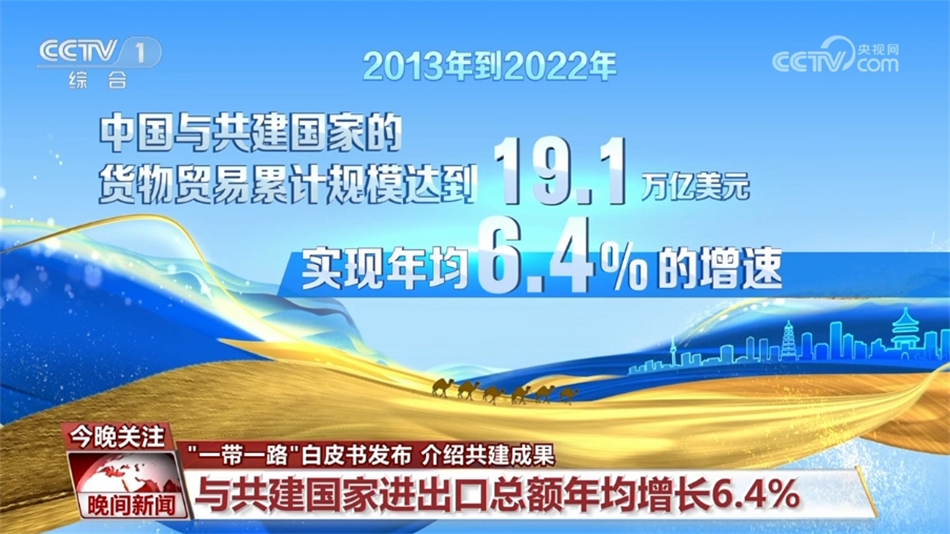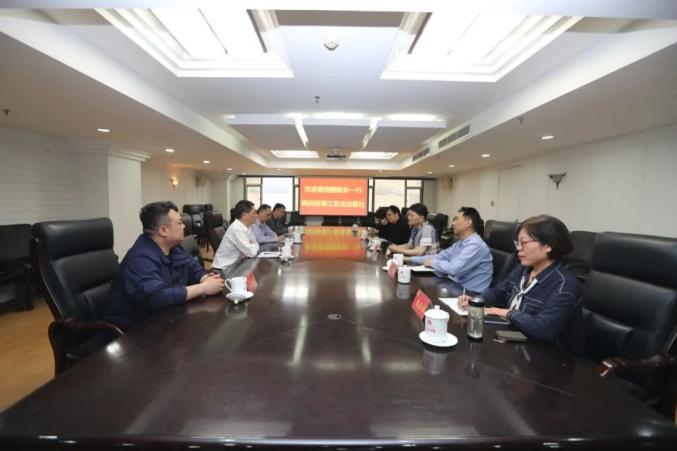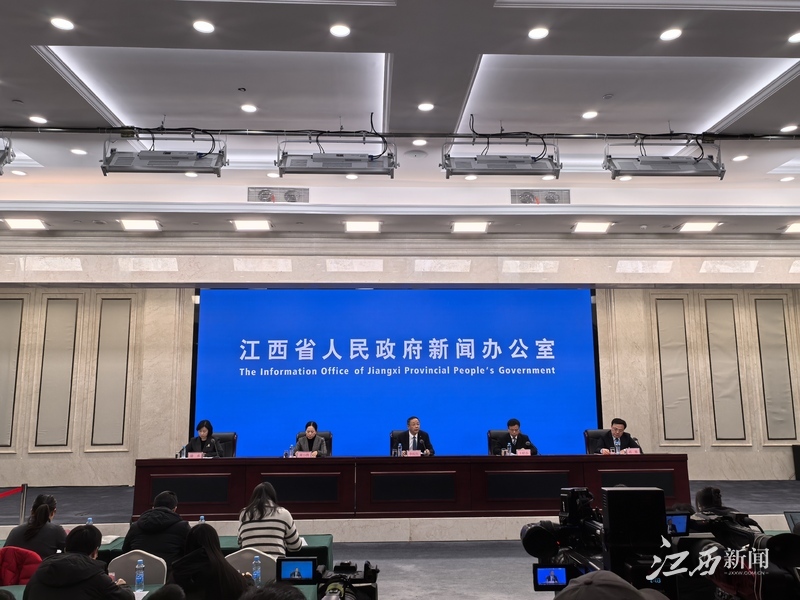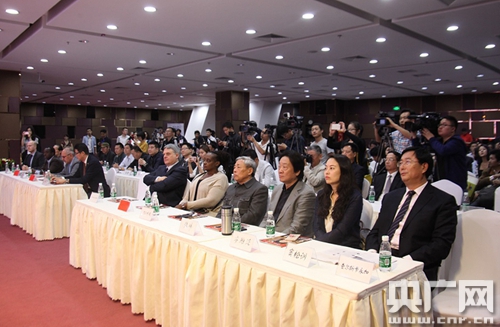Opening Up The Silk Road: The Bridge Of East-West Communication And The Great Creation Of Human Civilization
Opening Up The Silk Road: The Bridge Of East-West Communication And The Great Creation Of Human Civilization
As one of the most important ancient trade channels in human history, the Silk Road is not only a route for commodity circulation, but also a link for cultural, ideological and technological exchanges. It connects East Asia and the Mediterranean region and promotes the integration and development of Eastern and Western civilizations.
As one of the most important ancient trade channels in human history, the Silk Road is not only a route for commodity circulation, but also a link for cultural, ideological and technological exchanges. It connects East Asia and the Mediterranean region, promotes the integration and development of Eastern and Western civilizations, and greatly promotes the progress and prosperity of human society. This article will conduct a comprehensive discussion on the origin, development, influence of the Silk Road and its position in world history.
1. The origin and early development of the Silk Road
1. Origin background
The origin of the Silk Road can be traced back to around the 2nd century BC. During the Han Dynasty, Zhang Qian went to the Western Regions to open up exchanges between the Central Plains and the Western Regions and even Central Asia. During the reign of Emperor Wu of Han, Zhang Qian made two missions to the Western Regions, bringing back geographical information about Central Asia and the north and south of the Tianshan Mountains, which also prompted the Han government to realize the importance of connecting the Central Plains and the Western Regions, laying the foundation for the subsequent opening of a trade route.
2. Early routes
The original Silk Road was mainly composed of land, connecting Chang'an (now Xi'an) with Central Asia, West Asia and Mediterranean coastal countries. The route unfolds along the circulation of commodities such as silk, spices, gems, and metals, and also spreads ideas such as Buddhism, Persian culture, and Greek philosophy.
3. The rise of the Maritime Silk Road
With the improvement of maritime navigation technology, especially since the Eastern Han Dynasty, the Maritime Silk Road gradually formed. This route connects China's southern coastal areas with South Asia, Southeast Asia, the Arabian Peninsula, the east coast of Africa and even Europe, greatly broadening the scope of trade.
2. Prosperity and expansion of the Silk Road
1. The Golden Age of the Tang Dynasty
The Tang Dynasty (618-907) was regarded as the golden age of the Silk Road. The Tang Dynasty was strong in its national strength and prosperous in culture, attracting merchants and scholars from Central Asia, West Asia and even Europe. Chang'an has become one of the largest cities in the world and an important center for cultural exchanges between the East and the West.
2. Changes in the Song and Yuan dynasties
In the Song Dynasty (960-1279), the economy was prosperous, commodity trade became more diversified, and the Maritime Silk Road also developed greatly. The Yuan Dynasty (1271-1368) achieved political unity between the East and the West, and promoted the renewed prosperity of the Silk Road.
3. Marco Polo's Travel
At the end of the 13th century, Italian businessman Marco Polo traveled to China along the Silk Road, recording a rich oriental style and culture, which greatly stimulated Europe's interest in the East and promoted further exchanges between the East and the West.
3. Cultural exchange and technical communication on the Silk Road
1. Cultural exchange
The Silk Road is not only an exchange of goods, but also an integration of cultures. Buddhism was introduced from India to China and gradually spread to Central Asia, East Asia and even as far as Japan, forming a rich Buddhist cultural landscape.
2. The communication of technology and science
Ancient Chinese science and technology, including papermaking, printing, gunpowder, compass, etc., was introduced to Central Asia, West Asia and even Europe through the Silk Road, greatly promoting the development of world science and technology.
3. Art and Religion
The Silk Road promotes the exchange and integration of different religions, and Buddhism, Nestorianism, Islam, Christianity, etc. meet in the areas along the route, forming a diverse religious and cultural landscape.
4. The decline and change of the Silk Road
1. Political factors
With the collapse of the Mongolian Empire, the rise of maritime routes and the great geographical discovery in Europe, the onshore Silk Road gradually declined. After the 16th century, maritime trade became mainstream and the status of the Silk Road was gradually marginalized.
2. Economic factors
The opening of the new route allows European merchants to bypass Central Asia and directly from East Asia to Europe, reducing trade costs and weakening the commercial vitality of the Silk Road.
3. Modern Revival
Since the 20th century, with China's proposal of the "Silk Road Economic Belt", the historical significance of the Silk Road has been re-understood and has become an important symbol of promoting regional cooperation and development.
5. The historical significance and contemporary value of the Silk Road
1. Historical significance
The Silk Road is a great creation in the history of human civilization, and it proves that different civilizations can achieve common prosperity through exchanges. It not only promotes the circulation of goods, but also promotes the exchange and integration of culture, ideas and technology.
2. Contemporary Value
Against the background of globalization, the Belt and Road Initiative is based on the spirit of the Silk Road, aiming to promote cooperation and development of countries along the route, demonstrating the lasting charm and practical significance of the Silk Road across time and space.
Opening up the Silk Road is a great innovation and practice in human history. It not only connects the East and the West, but also builds a bridge of understanding, cooperation and win-win results. Looking back on the glorious journey of the Silk Road, we should cherish this historical heritage, learn from its spirit, promote contemporary international cooperation, and jointly create a more prosperous future for mankind.





